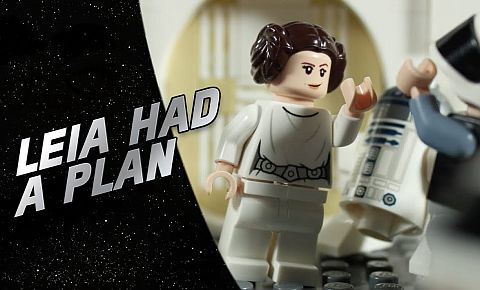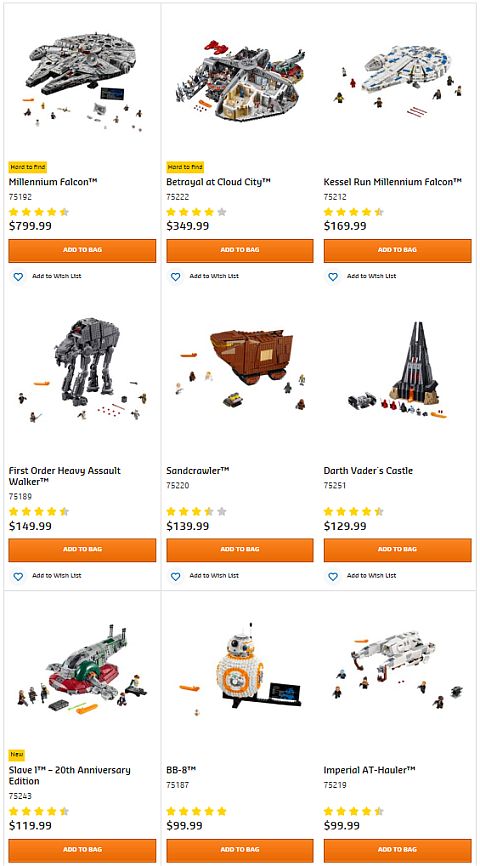There is a large LEGO set that was recently released and we haven’t yet talked about. The #40346 LEGOLAND Park features some of the most famous park attractions including the iconic LEGOLAND Park entrance, a LEGO Castle-themed roller coaster, a LEGO Pirate island ride, Miniland, an observation tower, lots of smaller park attractions and amenities, plus eleven minifigures.
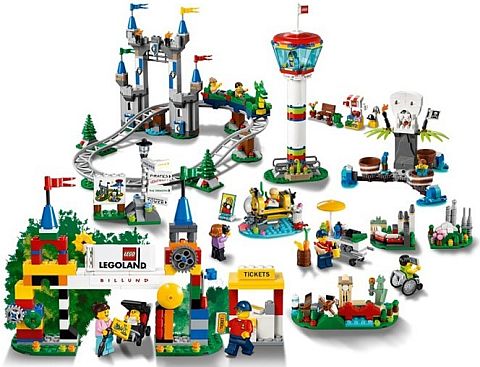
The #40346 LEGOLAND Park is currently only available at LEGOLAND Parks and LEGOLAND Discovery Centers. The price is $90, which is excellent for a 1,336-piece set. Especially considering that it includes such a large number of minifigs, plus a full setup of roller-coaster tracks and cars. Also, note that you get a set of nine stickers to decorate the gate with the location of your choice: California, Florida, New York, Windsor, Deutschland, Billund, Dubai, Malaysia, and Japan.
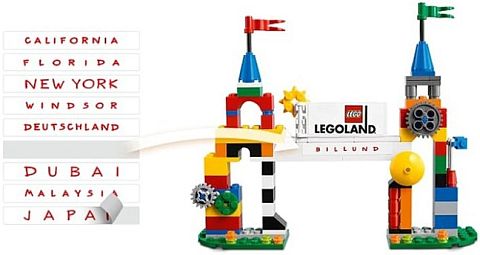
If you are planning to visit a LEGOLAND Park or LEGOLAND Discovery Center in the near future, look out for this set. It would make a fun play and display piece by itself, and it could also be added to the LEGO Creator Fairground sets and various LEGO City settings.

If you do not want to, or cannot purchase the set, but you like some of the details, you can also attempt to build it by using your own LEGO collection. The building instructions are available at the LEGO customer service website under the Building Instructions tab. The instructions are separated into five booklets; #1 LEGOLAND Park gate and some small builds, #2 LEGO Pirate island ride and other small builds, #3 Miniland, #4 LEGO Castle roller coaster, #5 observation tower. This allows several people to work on the set at the same time.
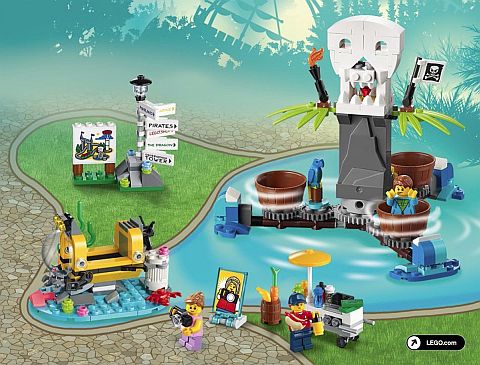
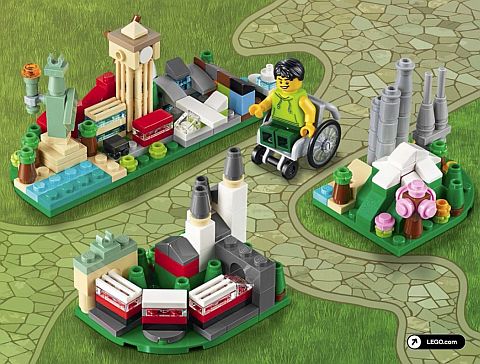
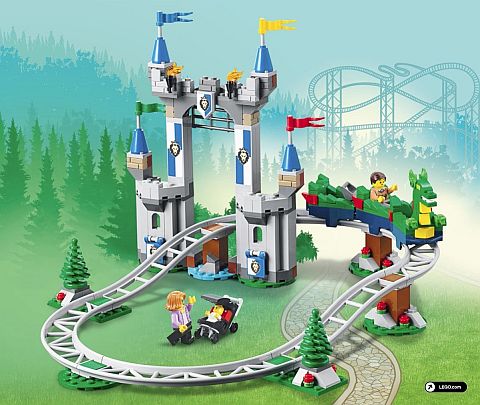
There is no word if this set will ever be available at official LEGO stores and the Online LEGO Shop, or it remains restricted to LEGOLAND Parks and Discovery Centers. It’s certainly a nice set, so if you have a chance to get it, I would recommend picking it up. And you can also take a look at the currently available fairground-themed sets at the LEGO Creator section of the Online LEGO Shop.
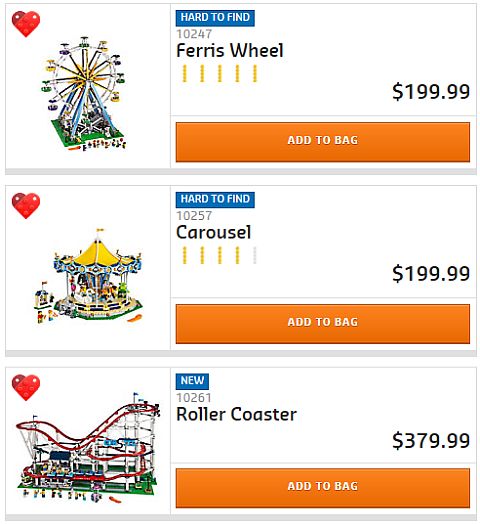
What do you think? How do you like the LEGOLAND Park set? Is this something you would like to add to your collection? Do you have other exlusive LEGOLAND sets? Feel free to share and discuss in the comment section below!
And you might also like to check out the following related posts:


